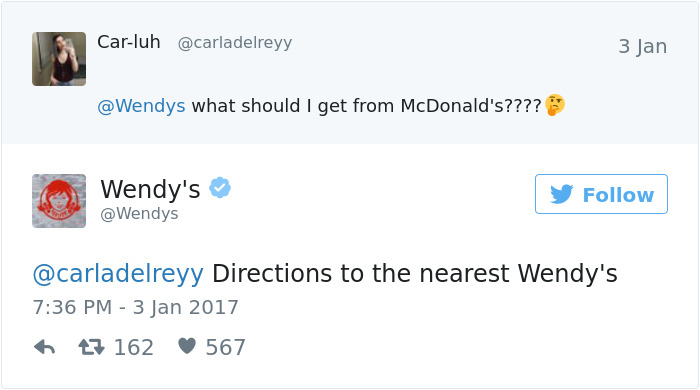Where is the first place most people go to check out a new product? Hint: you’re on it right now, it’s the Internet. Well, the same goes for people searching for a new home. As a real estate professional, you’re already putting your listings on websites like Realtor.com, your brokerage website and your own website, but is it enough? Ninety percent of homebuyers look online before they contact an agent, so the first point of contact between you and them, is the Internet. Millennials are the most active Facebook users and are now the most likely to use real estate agents in their homebuying process. You’re marketing your homes online, but you need to take it one step further and market yourself online too. There’s no better place to do that than through social media channels. Here are seven ways to utilize social sites to propel your personal marketing:
1. You can reach more specific demographics and psychographics for the prospects you wish to target.
By utilizing the many different social media platforms like Facebook, Twitter, LinkedIn and Instagram, you can cover a greater number of prospects. Your baby boomers and millennials are on Facebook and Instagram, while your business-oriented and industry professionals are on LinkedIn and Twitter. Don’t just create accounts on each just to have them. You need to create a content plan for each platform that is specifically tailored to those different target audiences.
2. Be their top-of-mind experience.
You get what you pay for. Organic reach has been dropping over the past few years, but luckily there is a way to combat that. Facebook Ads. And they’re not as expensive as you might think they are. With Facebook Ads, you can target people based on web traffic, and then upload your own list or target people with similar qualifications and behaviors as your target audience. Those shoes you looked at on Zappos yesterday? Their ads are showing up all over your newsfeed. It may seem like a difficult thing to do, but with a few simple steps, Facebook Ads can retarget all your audiences, as well.
3. Get their attention.
You can reach a large amount of people, but will it stick with them? Our attention spans last about three seconds, so keep them interested with repetition and visuals. And not just images. Use videos, infographics, cinemagraphs, gif’s, meme’s… if it got your attention, it will get theirs too. We are visual people and our eyes don’t stick on the same place for very long. Make sure the content you post is stimulating, like this GoPro video, sure to make you laugh.

4. Your peers are on it.
Mom always said, “If Jimmy jumped off a bridge would you jump too?” Well mom, maybe, if the drop was not far, it was deemed safe and the water below was a warm 80 degrees. In certain situations, it’s okay to be a follower because it’s one of the ways we learn. Your competition is on social media and they’re doing things you never thought of. Why not jump on and check them out? Not to mention other industry professionals and possible clients who are using social. Learning what your competitors are doing or what your target clients are viewing can help you shape your content strategies to really set yourself apart.
5. Reach their personal lives.
Not everything is a sales pitch. If you can still reach them beyond the work day, you’re a part of their life now. Which brings us back to the top-of-mind thing. You’re a real estate agent and you posted an article about the 10 recipes that are best for picky eaters. The next day you post about some of the latest technology in “smart home” products. You’re not only selling them a home, you’re showing them how to make a life in it.
6. The tone has changed.
Take Wendy’s for example, those sassy geniuses have generated a lot of buzz and aren’t afraid to put their personality in their work. Be smart about it and make sure whatever you are posting is professional and appropriate communication for your entire audience.

7. Build your brand.
Wendy’s has a distinctive brand personality, but it’s not for everyone. Your brand on social media is just as important as the way you present yourself on other platforms. Make sure they all present you the way that you want to be presented.
There you have it. Now that you know why you should be on social media, the next step is to learn how. Stay tuned over the next several months as we dive deeper into the different social media platforms, why you should be using them and how to generate a content strategy.
